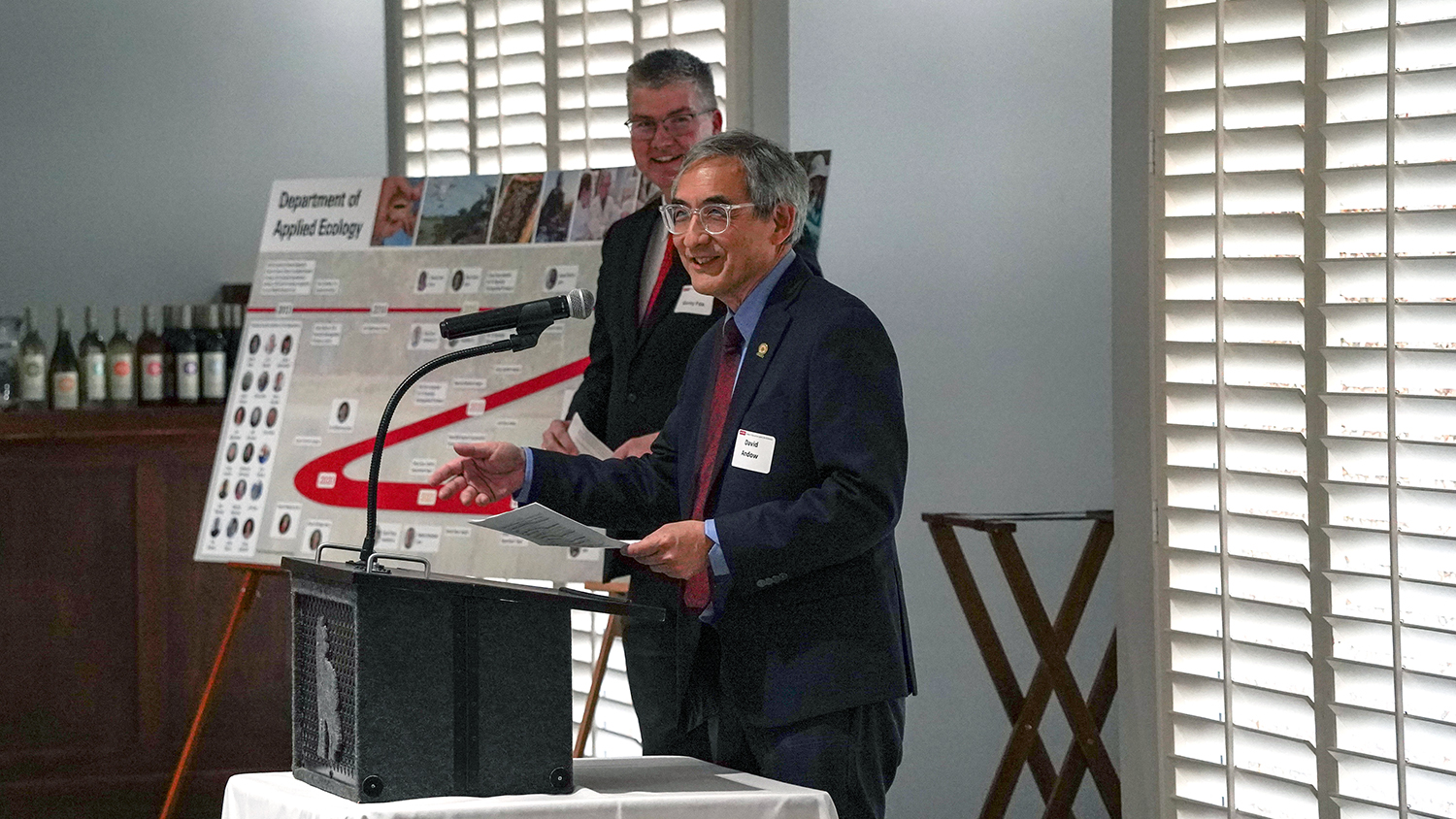From Ideas to Solutions

Big ideas are born at NC State on a regular basis. Bill Spruill knows that — which is why he decided to donate close to a million dollars to the university in support of the Chancellor’s Innovation Fund (CIF).
Starting this year, Spruill’s 2ndF Research Commercialization Fund will provide additional support to annual awardees of the CIF.
“When I looked at where might the next SAS, where might the next Cree (now Wolfspeed), where might the next Quintiles (now IQVIA) come from, I think focusing on NC State technology is a no-brainer,” Spruill told the News & Observer. “NC State is the place where we generate the most promising technology in the state.
The 2ndF Research Commercialization Fund has committed to providing $900,000 in financial support over the next three years.
“The transformation of university research into commercially viable businesses is the best way for North Carolina to be a globally competitive juggernaut in workforce development, wealth creation, and economic development,” says Spruill, a tech inventor turned investor and philanthropist from Goldsboro, North Carolina.
“We are grateful for the generous support from Bill and the 2ndF team, and we’re excited to use his gift to expand the Chancellor’s Innovation Fund program,” says Amy Parker, assistant director of research commercialization programs in NC State University’s Office of Research Commercialization. “In addition to the funding provided, the industry knowledge and connections that 2ndF can share with CIF-funded researchers who may be exploring commercialization for the first time will be a critical asset as we work to successfully transition NC State innovations to market.”
The CIF, established in 2010, awards support to short-term, commercially focused research projects. Each year, a select few promising proposals are chosen based on their likelihood of market success — as well as their potential societal benefits.
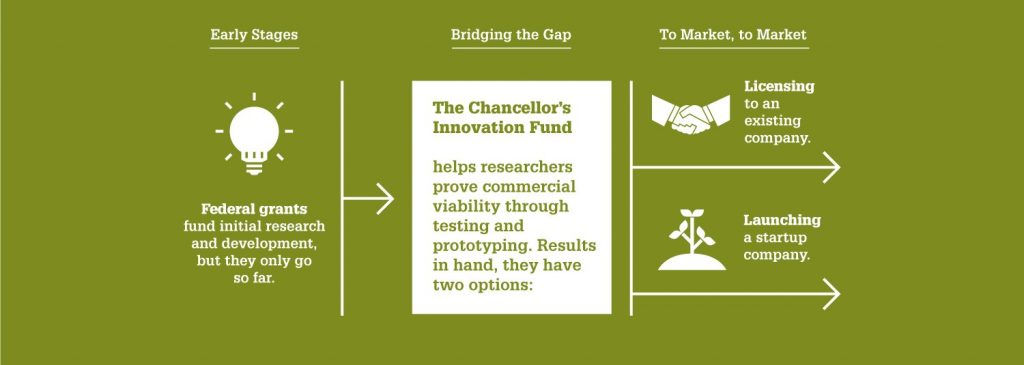
The CIF seeks to help this research bridge the gap between public and private funding. For every dollar the CIF awards, it generates close to $20 in additional funding or investment.
To date, the CIF has granted nearly $4.5 million to 75 projects — which have attracted over $78 million in follow-on funding. These projects have led to 34 startup companies, 63 commercialization agreements and $2.5 million in licensing revenue.
This year’s CIF awardees are working on a wearable EKG for dogs, better ways to capture carbon dioxide and synthesize or modify DNA, new tools to detect plant disease and bridge failure sooner, and a game-changing technique that could help drastically cut the costs of cutting-edge cancer treatment.
Continue reading to learn more about this year’s CIF projects.
Wearable “EKG” for Dogs
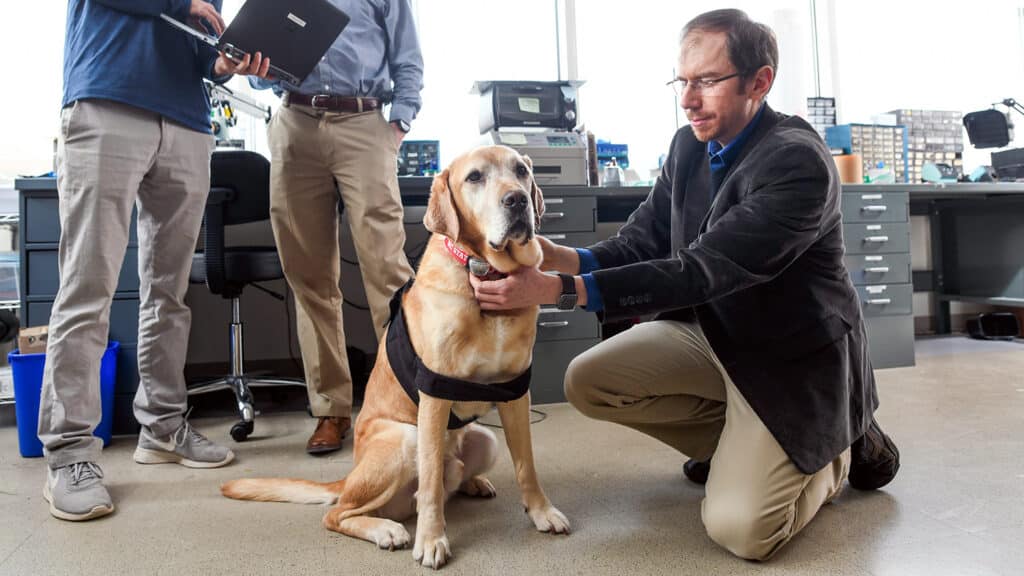
Nowadays, a wristwatch can track your heart rate, measure your blood oxygen level and even give you an electrocardiogram test (commonly abbreviated as “EKG” or “ECG”). And plenty of pet owners probably wish they could afford to track their furry friend’s health in real-time the same way, too. Thanks to David Roberts and Alper Bozkurt, maybe one day they can.
Roberts, an associate professor in the Department of Computer Science, and Bozkurt, a Distinguished Professor in the Department of Electrical and Computer Engineering and co-director of the ASSIST Center and IConS, have developed an algorithm that can monitor cardiac activity in dogs — consistent with an EKG — using inertial sensors already employed in pet activity trackers available on the market today. Their software enables EKG measurement via existing low-cost, generic hardware. All of this means you might be able to eventually keep much better track of your canine companion’s heart health just by attaching an affordable device to their collar.
CIF support will be used to expand Bozkurt and Roberts’ proof-of-concept to a larger, more diverse population of dogs and test the system on other commercially available collars, which will include shipping samples to potential partners.
Cotton-Based Biocatalytic Filter to Capture Carbon

Traditional types of power plants aren’t going away anytime soon. Even as new, more eco-friendly forms of energy like wind and solar continue to grow, combustion power looks to remain part of the picture for the foreseeable future. So in the near term, we’ll need better ways to capture, remove or sequester carbon dioxide from the atmosphere.
Nearly all combustion power plants lack existing methods to capture carbon dioxide due to high costs. But Sonja Salmon, an associate professor in the Department of Textile Engineering, Chemistry and Science, and her research team have discovered how to potentially make it cheaper — by improving carbon capture efficiency. Their textile-based chemical filter technology combines cotton fabric and an enzyme called carbonic anhydrase — found naturally in the human body to help it exhale carbon dioxide — to selectively remove CO2 from biomass, coal or natural gas power plant emissions. The filter could be produced using traditional textile manufacturing facilities.
CIF support will be used to help scale up the filter to handle commercial levels; a full-scale operation processes more than 10 million liters of flue gas per minute.
An Entirely New Way to Synthesize or Modify DNA

Modified and synthetic DNA have become pivotal parts of processes across the life sciences, from fundamental research to biotechnology. But the way synthetic DNA is created — and natural DNA is modified — currently comes down to a set of chemical reactions, which can have harsh consequences on the genetic material itself. Ultimately, that means scientists have a relatively limited number of modifications available at their disposal. Specifically, it’s only possible to target one letter — A, C, T or G — at a time. It’s also not currently possible to make more granular modifications; that is, at specific points within a letter.
Albert Keung, a professor in the Department of Chemical and Biomolecular Engineering, has discovered a way to use enzymatic synthesis — a gentler process — to make modifications. His technique could open the door to over a hundred new kinds of modifications — and allow the industry as a whole to synthesize or modify DNA more sustainably and for far less money.
CIF support will be used to help establish quality control measurements that will prove whether the new technique can achieve product specifications comparable to the industry standards of today’s market.
New System to Scout for Bridge Scour Sooner

One of the leading causes of bridge failure in the U.S. is “scour,” when water washes away the sediment surrounding structural supports. Over time, fast-flowing water can carve out “scour holes” — and climate change appears to be accelerating this natural erosion process. More than 20,000 bridges have been declared scour-critical, with thousands more likely to follow suit in the coming years.
The tools currently used to monitor bridge scour largely rely on either sonar or flotation devices to measure water levels, which doesn’t work under today’s severe storm conditions. As a result, they’re error-prone and becoming increasingly unreliable.
Chadi Sayde, Celso Castro-Bolinaga and Mahmoud Shehata, researchers in the Department of Biological and Agricultural Engineering, have developed a monitoring device that aims to detect bridge scour — and warn decision-makers — sooner. The device measures changes in temperature — which differs for sediment, water and air — through a fiber optic cable.
CIF funding will be used to test and optimize the device under different environmental conditions — across a range of riverbed materials — and develop a user-friendly software interface to make it possible for those of all experience levels to operate the control system.
Disease-Detecting Drones for Cucurbit Farmers
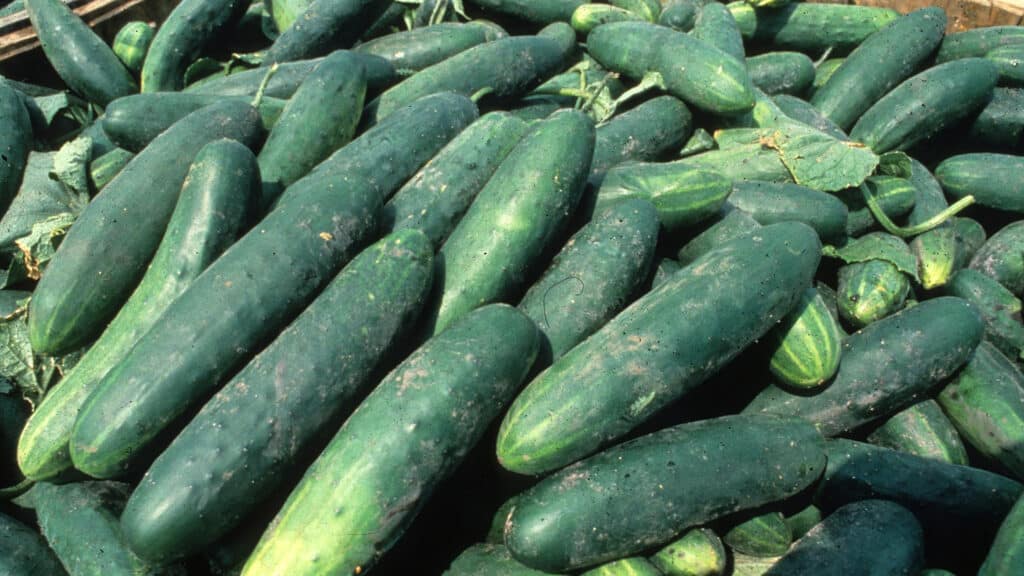
Melons, pumpkins and cucumbers are all part of the gourd family of plants, known in technical terms as “cucurbits.” Cucurbit crops are prone to a disease called Cucurbit Downy Mildew, which afflicts over 2.5 million acres of farmland across the globe annually, resulting in losses of up to 20% — or roughly $1,000 per acre. Current fungicide treatments are so expensive and time-intensive, though, that farmers have to balance the costs of prevention with the potential costs of crop yield loss.
Right now, the disease can only be detected visually and fungicide has to be sprayed frequently. Researchers affiliated with the Plant Sciences Initiative — Lina Quesada, Lirong Xiang, Hunter Brown and Ramya Vijapurapu — hope to change that, using drones. Equipped with their spore-capture technology, a drone flying at low altitude could collect data overhead much faster than commercially available traps can on the ground below. The novel disease management platform aims to empower farmers to detect CDM sooner — and, in turn, more effectively determine when to deploy which type of fungicide treatments.
CIF support will be used to conduct field trials at local commercial-scale plots operated by one of the country’s largest pickle companies.
Implantable CAR T-Cell Scaffolds
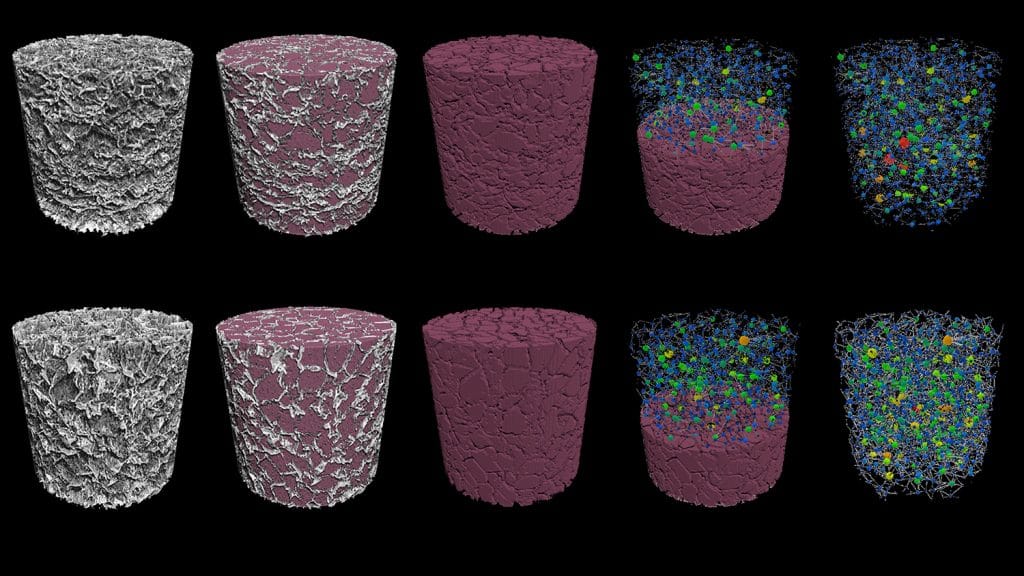
Chimeric antigen receptor targeted (CAR T) cell therapy is a revolutionary cancer treatment that’s already in use against lymphomas. However, still in its early days, the therapy’s price remains too high for the average patient to afford. Part of the problem is the CAR T-cell manufacturing process is time-intensive and complex.
Currently, CAR T cells are custom-manufactured in a lab and then infused into the bloodstream. Yevgeny Brudno and Pritha Agarwalla, faculty in the Joint Department of Biomedical Engineering, aim to dramatically change things by making the body a CAR T-cell factory of its own. Their technology could eventually turn what now takes weeks into days. If everything goes according to plan, doctors will be able to one day deliver the treatment through an outpatient surgery in which they implant an algae-based “scaffold” — a piece of spongey biocompatible material roughly the size of a mini marshmallow — designed to reprogram the body’s natural T cells into CAR T cells, which then find and destroy cancer cells.
The CIF supported the precursor to this technology in 2021. And last year, Brudno, Agarwalla and researchers from UNC-Chapel Hill published a paper that found — in a proof-of-concept study involving lymphoma in mice — the implantable alternative was faster and more effective than conventional CAR T-cell cancer treatment. However, further pre-clinical trial data is required to ensure the scaffold’s safety and efficacy.
CIF support will be used to help the team address FDA feedback in hopes of moving toward clinical trials. Specifically, the goal will be to demonstrate that the scaffold can be produced in a GMP-compliant facility.
This post was originally published in NC State News.
- Categories:

